Mammals cannot evolve fast enough to escape current extinction crisis. Mammal diversity will take millions of years to recover from the current biodiversity crisis
Biodiversity is more than the number of species on Earth. It is also the amount of unique evolutionary history in the tree of life. We find that losses of this phylogenetic diversity (PD) are disproportionally large in mammals compared with the number of species that have recently gone extinct.
We humans are exterminating animal and plant species so quickly that nature's built-in defence mechanism, evolution, cannot keep up. An Aarhus-led research team calculated that if current conservation efforts are not improved, so many mammal species will become extinct during the next five decades that nature will need 3-5 million years to recover.
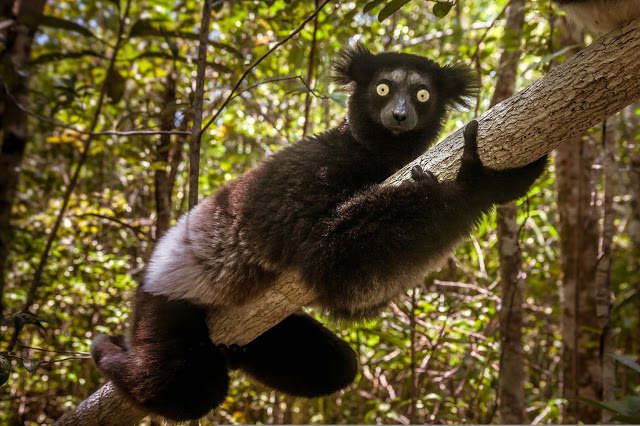
The secretive indri (Indri indri) of Madagascar is the largest living lemur. It is also critically endangered and highly evolutionarily distinct with no close relatives, a combination that makes its branch one of most precarious on the mammal evolutionary tree. In the likely event that the indri goes extinct, we will lose 19 million years of unique evolutionary history from the mammal tree of life [Credit: Aarhus University]
There have been five upheavals over the past 450 million years when the environment on our planet has changed so dramatically that the majority of Earth's plant and animal species became extinct. After each mass extinction, evolution has slowly filled in the gaps with new species.
The sixth mass extinction is happening now, but this time the extinctions are not being caused by natural disasters; they are the work of humans. A team of researchers from Aarhus University and the University of Gothenburg has calculated that the extinctions are moving too rapidly for evolution to keep up.
If mammals diversify at their normal rates, it will still take them 5-7 million years to restore biodiversity to its level before modern humans evolved, and 3-5 million years just to reach current biodiversity levels, according to the analysis, which was published recently in the Proceedings of the National Academy of Sciences.
Some species are more distinct than others
The researchers used their extensive database of mammals, which includes not only species that still exist, but also the hundreds of species that lived in the recent past and became extinct as Homo sapiens spread across the globe. This meant that the researchers could study the full impact of our species on other mammals.
However, not all species have the same significance. Some extinct animals, such as the Australian leopard-like marsupial lion Thylacoleo, or the strange South American Macrauchenia (imagine a lama with an elephant trunk) were evolutionary distinct lineages and had only few close relatives. When these animals became extinct, they took whole branches of the evolutionary tree of life with them. We not only lost these species, we also lost the unique ecological functions and the millions of years of evolutionary history they represented.
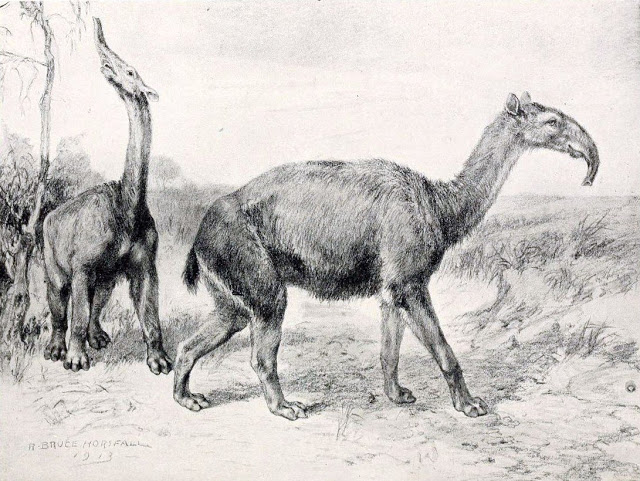
Litopterns, like this Macrauchenia patachonica discovered by Charles Darwin, were a strange looking group of prehistoric South American mammals that were not closely related to any species alive today-they diverged evolutionarily from other mammals over 65 million years ago. When they went extinct at the end of the Ice Age, the mammal Tree of Life lost one of its deepest branches [Credit: Robert Bruce Horsfall/WikiCommons]
"Large mammals, or megafauna, such as giant sloths and sabre-toothed tigers, which became extinct about 10,000 years ago, were highly evolutionarily distinct. Since they had few close relatives, their extinctions meant that entire branches of Earth's evolutionary tree were chopped off" says palaeontologist Matt Davis from Aarhus University, who led the study. And he adds:
"There are hundreds of species of shrew, so they can weather a few extinctions. There were only four species of sabre-toothed tiger; they all went extinct."
Long waits for replacement rhinos
Regenerating 2.5 billion years of evolutionary history is hard enough, but today's mammals are also facing increasing rates of extinction. Critically endangered species such as the black rhino are at high risk of becoming extinct within the next 50 years. Asian elephants, one of only two surviving species of a once mighty mammalian order that included mammoths and mastodons, have less than a 33 percent chance of surviving past this century.
The researchers incorporated these expected extinctions in their calculations of lost evolutionary history and asked themselves: Can existing mammals naturally regenerate this lost biodiversity?
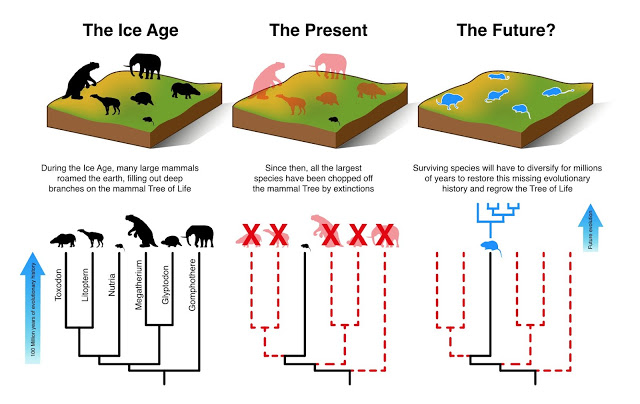
An illustration of how the smaller mammals will have to evolve and diversify over the next 3-5 million years to make up for the loss of the large mammals [Credit: Matt Davis/Aarhus University]
Using powerful computers, advanced evolutionary simulations and comprehensive data about evolutionary relationships and body sizes of existing and extinct mammals, the researchers were able to quantify how much evolutionary time would be lost from past and potential future extinctions as well as how long recovery would take.
The researchers came up with a best-case scenario of the future, where humans have stopped destroying habitats and eradicating species, reducing extinction rates to the low background levels seen in fossils. However, even with this overly optimistic scenario, it will take mammals 3-5 million years just to diversify enough to regenerate the branches of the evolutionary tree that they are expected to lose over the next 50 years. It will take more than 5 million years to regenerate what was lost from giant Ice Age species.
Prioritizing conservation work
"Although we once lived in a world of giants: giant beavers, giant armadillos, giant deer, etc., we now live in a world that is becoming increasingly impoverished of large wild mammalian species. The few remaining giants, such as rhinos and elephants, are in danger of being wiped out very rapidly," says Professor Jens-Christian Svenning from Aarhus University, who heads a large research program on megafauna, which includes the study.
The research team doesn't have only bad news, however. Their data and methods could be used to quickly identify endangered, evolutionarily distinct species, so that we can prioritise conservation efforts, and focus on avoiding the most serious extinctions.
As Matt Davis says: "It is much easier to save biodiversity now than to re-evolve it later."
Source: Aarhus University [October 15, 2018]


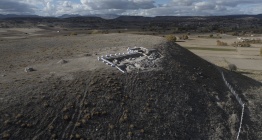
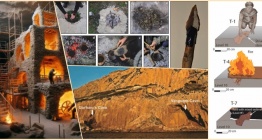




 Stratonikeia arkeoloji kazısında tiyatro kısmında da antik kanalizasyon sistemi bulundu
Stratonikeia arkeoloji kazısında tiyatro kısmında da antik kanalizasyon sistemi bulundu  Çorum'daki 3 bin yıllık Hitit Barajı ICID Dünya Mirası Sulama Yapıları Listesine girdi
Çorum'daki 3 bin yıllık Hitit Barajı ICID Dünya Mirası Sulama Yapıları Listesine girdi  Muğla'daki Hyllarima Antik Kenti arkeoloji kazılarında Helenistik anıt çeşme bulundu
Muğla'daki Hyllarima Antik Kenti arkeoloji kazılarında Helenistik anıt çeşme bulundu  Bakan Ersoy: İstanbul Anadolu Yakası’na bir arkeoloji müzesi kurulacak
Bakan Ersoy: İstanbul Anadolu Yakası’na bir arkeoloji müzesi kurulacak 




